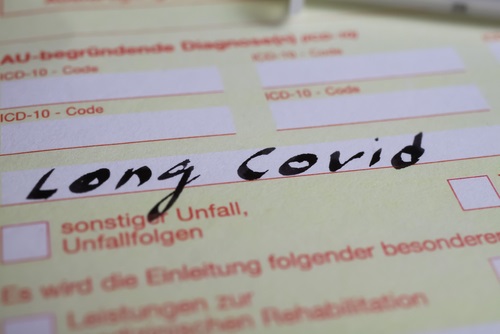About 1.4 million people in Canada have been affected by long COVID after infection, or suspected infection, with SARS-CoV-2. A new trio of practice articles in CMAJ (Canadian Medical Association Journal) aims to help clinicians diagnose, assess and treat people with long COVID.
Long COVID is a systemic condition that can affect most organ systems in the body, defined by symptoms lasting longer than 3 months after a confirmed or suspected SARS-CoV-2 infection. More than 100 symptoms have been reported among people with long COVID, with the most common potentially modifiable symptoms including fatigue, anxiety and depression, shortness of breath, sleep disturbances and heart palpitations.
Treatment of these potentially modifiable symptoms may include a structured and symptom-guided personalized return to activity program to manage fatigue, guideline-directed mental health supports for anxiety and depression, and other interventions to alleviate breathing, sleep and heart issues.
“I believe that the most important thing that we as health care providers can do to support people is to listen and validate their experiences, and to avoid a diagnostic cascade of endless tests and consultations that further tax their limited energy supply,” says Dr. Kieran Quinn, a general internist and palliative care physician, Sinai Health, and an assistant professor, University of Toronto and Institute of Health Policy, Management and Evaluation.


